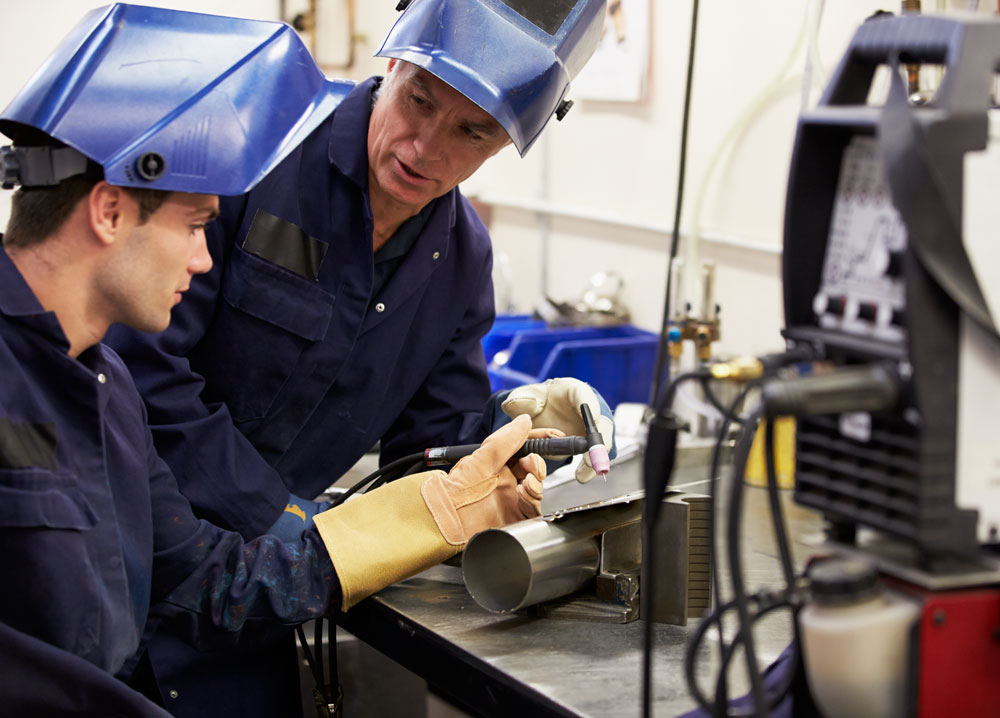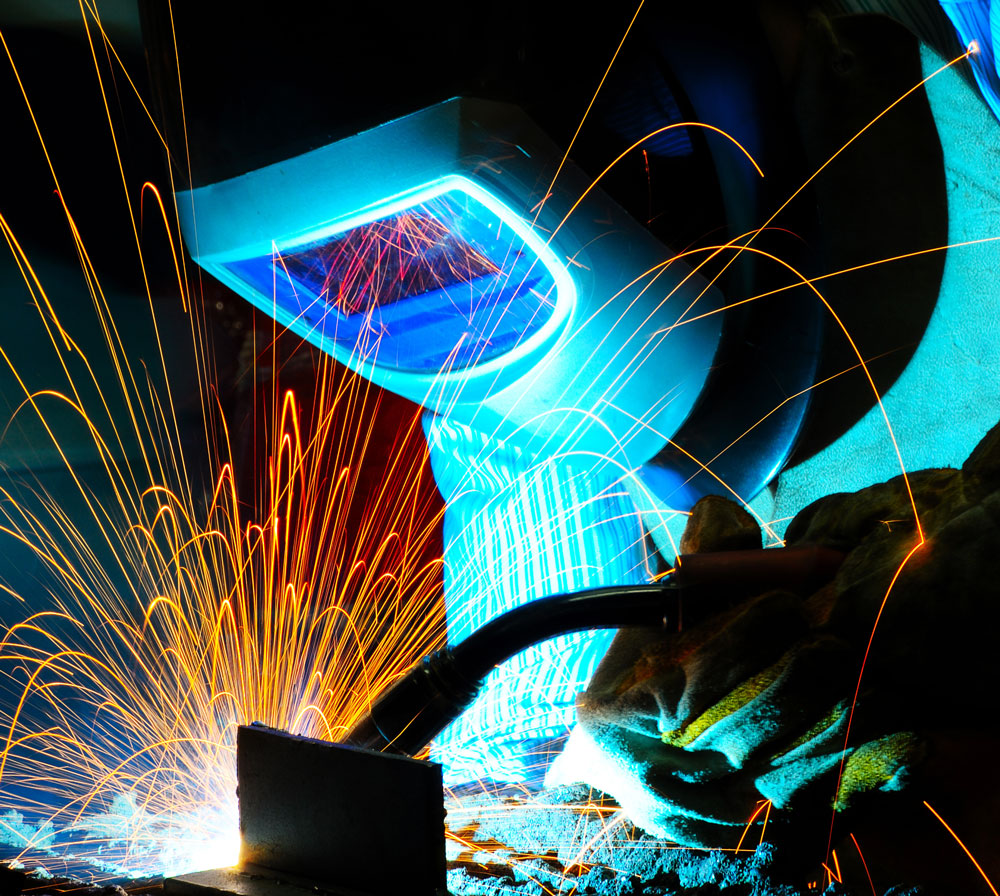Learn from the Experts
Free Welder's Handbook!
Pick up your completely free copy of our ‘Welder’s Handbook’ before you go!
The handbook contains a comprehensive guide to gas shielded arc welding and oxy-fuel cutting.
We are a national Apprenticeship provider specialising in STEM training, supporting employers to upskill their workforce in addition to training new staff members.
Working with you, we will build programmes of study that meet the needs of each individual apprentice and employer. Our programmes base equal importance on the knowledge, skills, and behavioural components of welding and fabrication standards, to produce a well-rounded apprentice and competent welder. We deliver apprenticeship training to the engineering, manufacturing, power generation, oil and gas, petrochemical and process sectors.

This occupation is found in a wide range of sectors where piping systems are used for fluid transport and pressure containment. This will include Engineering Construction, Maintenance and Project upgrades, Oil & Gas (upstream extraction, bulk fluid transport & distribution, downstream processing), Chemicals & Pharmaceuticals (manufacturing and process plant); Power Generation (Thermal, Biomass & Nuclear); Food, Dairy & Brewery Process plant and equipment; Water and Water treatment (processing, bulk transport & distribution and remediation); and Fuel & Coolant systems for Transport Vehicles (Aerospace, Marine, Road & Rail systems). Employers range in size from small businesses to multi-national organisations.
Typical job titles include:
Pipe welder, Pipeline welder, Class A welder, Pressure parts welder, Coded pipe welder
Individual employers will set the recruitment and selection criteria for their Apprenticeships. In order to optimise success, candidates will typically have 4 GCSEs at Grade C/4 or equivalent, including Mathematics, English and a Science.
This standard has professional recognition for Eng Tech through IMechE, IET or Royal Aeronautical Society.
Working together on a common platform and working towards the achievement of a common goal
Auxo means to “grow” and we believe that everyone should be provided with the equal opportunity to grow
To enable learners and their wider communities to build a socially-just, sustainable and equitable society
Duty 1 Plan and prepare for the pipe welding activities before commencing work
Duty 2 Check materials conform to the specified grades, dimensions, thicknesses and diameters.
Duty 3 Inspect weld preparations, assembly and apply remedial material conditioning appropriate to the preparation processes applied
Duty 4 Align and position pipes to be welded, recognising ovality, mismatch, clean contamination and foreign material ingress exclusion requirements
Duty 5 Establish necessary purging and bore protection of the weld deposit, using dams, barriers, pastes or fluxes
Duty 6 Set-up and check the equipment to be used in the preparation and welding of pipes and tubes
Duty 7 Adjust and maintain the equipment to be used during the welding of pipes and tubes, applicable to the process being used
Duty 8 Read, interpret and apply technical specifications, inspection criteria & drawings to establish detailed welding process controls, bore protection methods and consumable selection


Duty 9 Use appropriate tools, equipment and techniques to weld pipe and tubes, whilst considering welding parameters on the integrity of the finished material properties, characteristics and risk of defects.
Duty 10 Monitor productivity, quality and consumable consumption throughout the welding of components and identify areas for improving the production process where possible (e.g. access & positioning, technique modification, filler metals, welding gas, purging gas, fluxing systems, electrodes).
Duty 11 Adjust parameters throughout the welding of components, recognising the need to adapt to accommodate ongoing changes in welding position and technique (e.g. Preheat, Interpass Temperature, Heat Input).
Duty 12 Remove material using manual powered and non-powered hand tools before welding to clean the pipe bore, remove non-integral tack welds, dress anomalies in weld preparations and remove latent defects.
Duty 13 Remove material using manual powered and non-powered hand tools, during welding to remove defects (e.g. porosity) and to prevent potential defects being created (e.g. Slag traps).
Duty 14 Inspect the completed initial weld run to confirm bore penetration level, profile, oxidation and linear shrinkage prior to final closure then visually inspect the bore side deposit and profile using appropriate inspection techniques
Duty 15 Monitor component changes and associated with weld shrinkage, visually inspecting the weld deposit during pipe and tube welding operations.
Duty 16 Inspect the final pipe weld and component to ensure, surface finish, weld profile and component geometry meet specification
Duty 17 Dress finished weld cap as required in the specification to accommodate subsequent inspection techniques.
Duty 18 Restore the work area, welding equipment, and purging devices to a safe and reliable condition on completion of welding
Duty 19 Return unused consumables for re‐conditioning and re-use or disposal.
Duty 20 Collate and submit quality records information including batch identification, welder identification, weld map and quality dossier
English & Maths
Apprentices without level 2 English and maths will need to achieve this level prior to taking the End-Point Assessment. For those with an education, health and care plan or a legacy statement, the apprenticeship’s English and maths minimum requirement is Entry Level 3. A British Sign Language (BSL) qualification is an alternative to the English qualification for those whose primary language is BSL
Pick up your completely free copy of our ‘Welder’s Handbook’ before you go!
The handbook contains a comprehensive guide to gas shielded arc welding and oxy-fuel cutting.